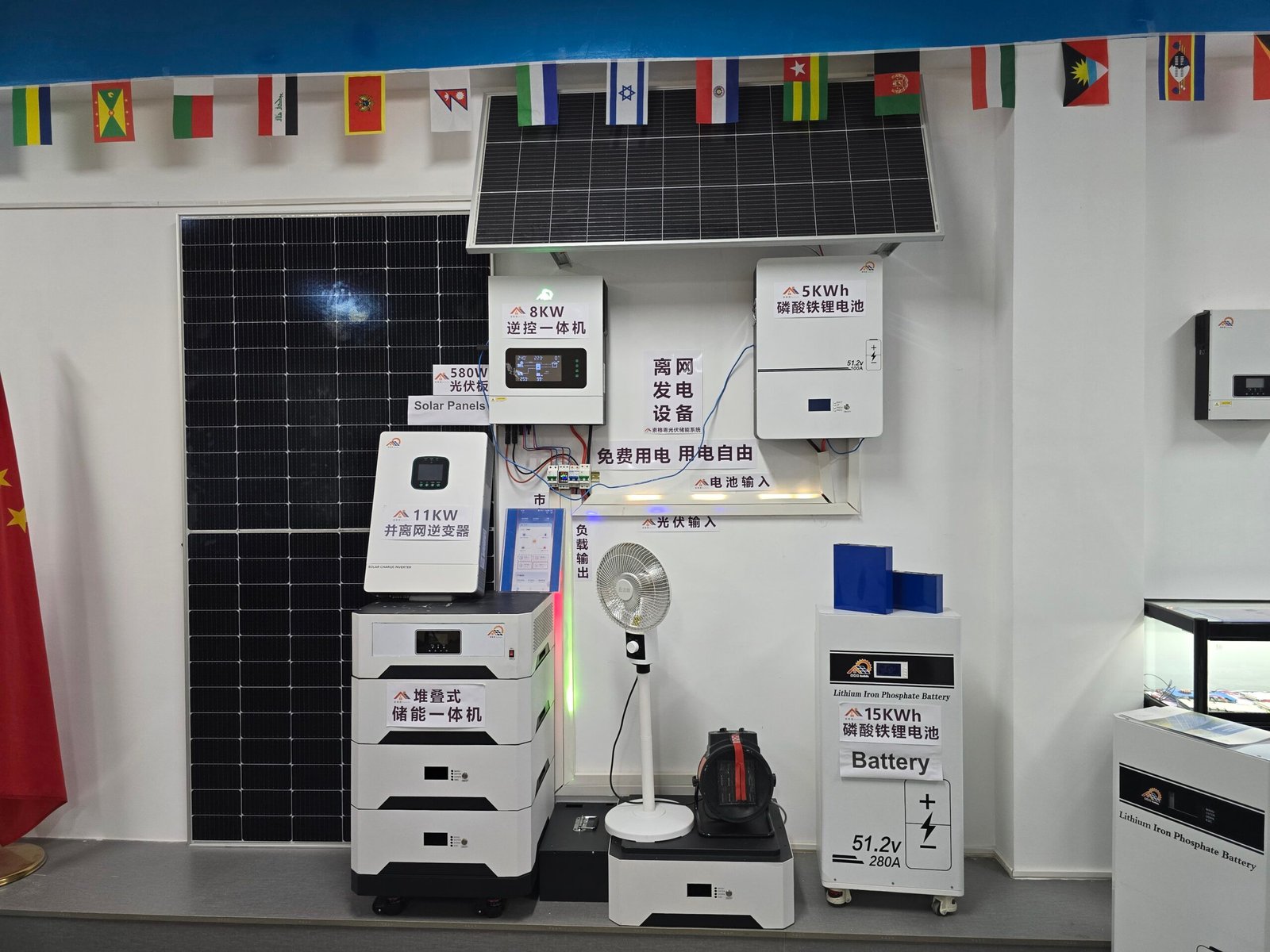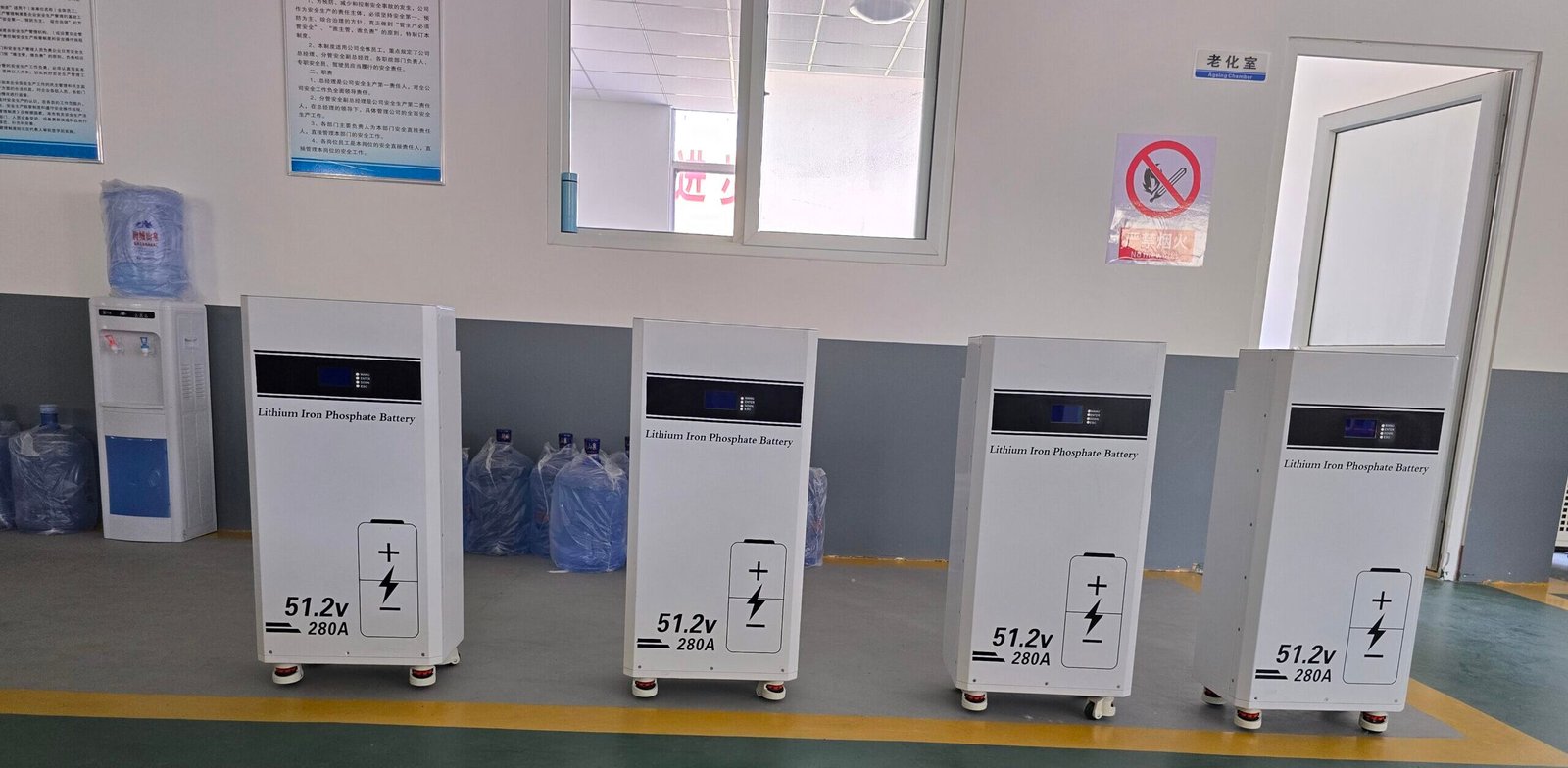The Crucial Role of Solar Inverters: The Brain of a PV System
•
Why do solar panels need inverters to power your home? These unsung heroes convert raw solar energy into usable electricity while optimizing system performance.
Solar inverters transform DC electricity from panels into AC power for your home, while providing critical monitoring, safety functions, and efficiency optimization - typically lasting 10-15 years before replacement.
While solar panels capture the spotlight, inverters perform the essential work of making solar energy usable. Understanding their functions helps homeowners make informed decisions about their PV systems.
What Is a Solar Inverter and How Does It Work?
How does sunlight become electricity you can actually use? The inverter's conversion process makes all the difference in solar energy systems.
Solar inverters convert DC to AC power through rapid switching (60 times/second), synchronize with grid voltage/frequency, and implement maximum power point tracking (MPPT) to extract 20-30% more energy from panels.
Inverter Technology Explained
-
Core Functions
- DC to AC conversion (97-99% efficiency)
- Grid synchronization (60Hz in North America)
- Safety disconnects during outages
-
MPPT Technology Feature Benefit Impact Continuous adjustment Matches panel output +25% energy harvest Multiple trackers Handles shading +15% in partial shade Voltage optimization Reduces line losses +3-5% system efficiency -
Additional Capabilities
- Performance monitoring
- Fault detection
- Remote firmware updates
"Modern inverters can improve system output by up to 30% compared to basic models through advanced MPPT algorithms and reactive power control" - SolarEdge Technologies
String Inverter vs. Microinverter: Which One Is Better?
Should your solar system use one central inverter or many small ones? The choice impacts performance, cost, and long-term maintenance.
String inverters offer lower upfront costs ($0.10-$0.20/W) for simple installations, while microinverters ($0.30-$0.50/W) provide panel-level optimization and better shade tolerance - with 25% higher lifetime energy harvest in challenging conditions.
Inverter Type Comparison Guide
-
String Inverters
- Best for: Unshaded roofs, large systems
- Pros: Lower cost, simpler maintenance
- Cons: Single point of failure, shade impacts whole string
-
Microinverters Advantage Benefit Value Panel-level MPPT Individual optimization +10-25% output Shade tolerance Partial shading matters less Consistent production Expandability Easy system growth Future-proof -
Hybrid Options
- Power optimizers (DC-DC converters)
- Multi-string inverters
- Battery-ready models
Installation Note: Microinverters add $1,000-$2,000 to typical residential systems but often pay back through increased production and longer warranties.
Choosing and Maintaining Your Inverter: Expert Tips
How can you select the right inverter and keep it running optimally? Proper selection and care extend equipment life and maximize returns.
Select inverters with: sufficient oversizing (1.2-1.3x panel rating), high efficiency ratings (≥97%), smart monitoring capabilities, and at least 10-year warranties - while maintaining proper ventilation and annual inspections.
Inverter Selection & Care Checklist
-
Sizing Guidelines
- Match to panel wattage (avoid under/over-sizing)
- Consider future expansion
- Account for temperature derating
-
Maintenance Requirements Task Frequency Importance Visual inspection Annual High Ventilation check Seasonal Medium Firmware updates As available High Performance review Monthly Critical -
Troubleshooting Common Issues
- Error codes: Reference manufacturer guides
- Production drops: Check monitoring data
- Grid faults: Verify utility voltage
Pro Tip: Many inverters now include built-in consumption monitoring when paired with CT sensors - adding valuable energy insights without extra hardware.
Conclusion
Solar inverters serve as the intelligent core of PV systems, with careful selection and maintenance ensuring optimal performance throughout their operational lifespan.






